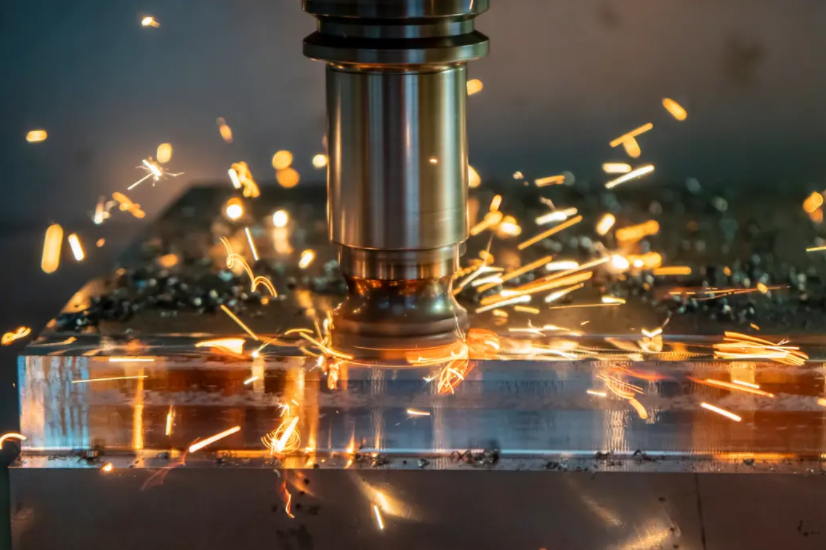Die casting mold design, manufacturing, and troubleshooting are critical processes in the manufacturing industry. In this comprehensive guide, we will explore the various aspects of die casting mold design, manufacturing, and troubleshooting.
Die casting is a manufacturing process that involves injecting molten metal into a mold cavity under high pressure. The die casting mold is a critical component of this process, and its design, manufacturing, and troubleshooting are essential for producing high-quality parts.
Designing a die casting mold
The first step in die casting mold design is to determine the type of mold required. There are two main types of die casting molds: cold chamber and hot chamber. Cold chamber molds are used for alloys with high melting points, while hot chamber molds are used for alloys with low melting points.
The design of the mold itself involves several key factors. These include the parting line, the draft angle, the gate location, and the ejector pin location. The parting line is the line where the mold separates into two halves, and the draft angle is the angle at which the mold will release the part. The gate location is where the molten metal is injected into the mold, and the ejector pin location is where the part will be ejected from the mold.
Manufacturing a die casting mold
Once the mold design is complete, the manufacturing process can begin. The first step is to create a pattern or model of the part. This pattern is then used to create the mold cavity. The mold cavity is typically made from steel or aluminum, and it is created using precision machining techniques such as milling, drilling, and grinding.
After the mold cavity is created, it is polished to a mirror-like finish. This is essential for producing high-quality parts, as any imperfections in the mold will be reflected in the finished part. Once the mold is complete, it is tested to ensure that it will produce parts of the required quality.

Troubleshooting a die casting mold
Even with careful design and manufacturing, die casting molds can still experience issues during production. One common issue is porosity, which is the presence of small holes or voids in the finished part. This can be caused by several factors, including improper gating, low injection pressure, and inadequate venting.
Another common issue is flash, which is excess material that is forced out of the mold cavity during production. This can be caused by a variety of factors, including excessive injection pressure, improper mold alignment, and worn or damaged mold components.
To troubleshoot these issues, it is essential to analyze the production process and identify the root cause of the problem. This may require making adjustments to the mold design, changing the production parameters, or replacing worn or damaged components.
In conclusion, die casting mold design, manufacturing, and troubleshooting are essential for producing high-quality parts. By carefully considering each of these factors, manufacturers can ensure that their parts meet the required specifications and are free from defects. With the right tools and techniques, die casting molds can be designed, manufactured, and maintained to produce high-quality parts for years to come.
-

- Integriertes 3-Speichen-Laufrad für MTB mit CNC-Bearbeitung und Oberflächenbehandlung
-

- Großhandels-Magnesium-Legierungs-Baby-Zyklus für 3 bis 5 Jahre alte 12-Zoll-Kinderzyklus OEM billig
-

- CNC-bearbeitete Teile und Komponenten
-

- Autoteile aus Magnesiumlegierung Druckguss Seitenstufe Trittbrett
-

- Druckgussteile aus Magnesium-Aluminiumlegierung Kettenabdeckung für die Automobilindustrie
-

- OEM-Druckgusskomponenten und -teile

 0086-750-5616188
0086-750-5616188 +86 13392089688
+86 13392089688 sales@zhongmei-tech.com
sales@zhongmei-tech.com







